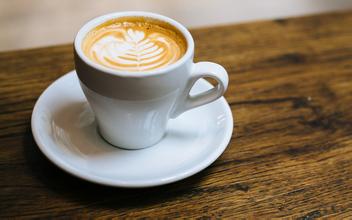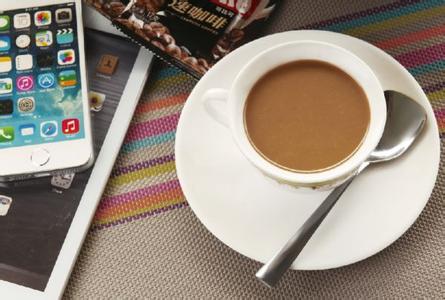Introduction to Grinding Manor by Variety treatment method in Coffee production area in Kenya
Introduction of coffee producing areas in Kenya
This is the earliest method of classification and is still in use in many parts of Brazil. The method of identification is to randomly take 300 grams of samples and put them on black paper, because black paper can best avoid reflection. Then, examined carefully by the professional appraiser, find out the defective beans in the sample, and accumulate different scores according to the types of defects. For example, one black bean, one pebble, five big pebbles, five broken beans, five pest beans, two sour beans, one dry peel, two middle dried peels, three small dried peels, five unshelled beans, three shell beans, and so on. After identification, the grade is NY2~NY8 according to the accumulated defect score, and there is no NY1. If you want to buy first-class (NY1) Brazilian beans, it will make a joke. Indonesian coffee beans are also classified in this way, mainly divided into six grades, namely Gr1~Gr6. The same is true of Ethiopia, with the highest level being Gr2.
◎ is highly classified by place of origin
Generally speaking, in alpine areas, due to the cold climate and the slow growth rate of coffee, the density of raw beans is higher and the texture is harder, and the more mellow and aromatic the coffee is, and it has a supple sour taste; on the contrary, the density of raw beans is smaller and the texture is less hard, then the quality of coffee is worse, so there are also people who classify it as "hardness". This classification method can be divided into the following categories: extremely hard beans, height of about 4500 to 5000 feet, referred to as SHB; high hard beans, height of about 3000cm 4500ft, referred to as GHB; hard beans, height of about 2000,000ft, referred to as HB; Pacific coastal area, height of about 984ft 3280ft, referred to as Pacific. Guatemala, Costa Rica, El Salvador, Mexico, Honduras and Haiti are all classified in this way.

Important Notice :
前街咖啡 FrontStreet Coffee has moved to new addredd:
FrontStreet Coffee Address: 315,Donghua East Road,GuangZhou
Tel:020 38364473
- Prev

Introduction to the quality characteristics of Yejiaxuefei Coffee Flavor description
Today, Ethiopia is an important coffee producer, with about 12 million people engaged in coffee production, and is a major exporter of Arabica coffee beans in Africa. The high-quality coffee here is of excellent quality and is worth looking for. Various ways of growing coffee can be found in Ethiopia: from patches of wild coffee trees
- Next

Introduction of variety characteristics and grinding degree of El Salvador Pacamara coffee bean flavor description method
El Salvador Pacamara coffee bean flavor description treatment method bourbon is already the largest variety in the country, the national planting rate is as high as 60%, the fruit of Saguo bourbon has four colors of red and yellow orange with a small amount of pink bourbon. Pacamara, which belongs to large granule, is a new variety cultivated by Pacas and elephant bean. Pacamara originated in sa, but its output is much less than that of Bourbon. Sa Guoca
Related
- Detailed explanation of Jadeite planting Land in Panamanian Jadeite Manor introduction to the grading system of Jadeite competitive bidding, Red bid, Green bid and Rose Summer
- Story of Coffee planting in Brenka region of Costa Rica Stonehenge Manor anaerobic heavy honey treatment of flavor mouth
- What's on the barrel of Blue Mountain Coffee beans?
- Can American coffee also pull flowers? How to use hot American style to pull out a good-looking pattern?
- Can you make a cold extract with coffee beans? What is the right proportion for cold-extracted coffee formula?
- Indonesian PWN Gold Mandrine Coffee Origin Features Flavor How to Chong? Mandolin coffee is American.
- A brief introduction to the flavor characteristics of Brazilian yellow bourbon coffee beans
- What is the effect of different water quality on the flavor of cold-extracted coffee? What kind of water is best for brewing coffee?
- Why do you think of Rose Summer whenever you mention Panamanian coffee?
- Introduction to the characteristics of authentic blue mountain coffee bean producing areas? What is the CIB Coffee Authority in Jamaica?

